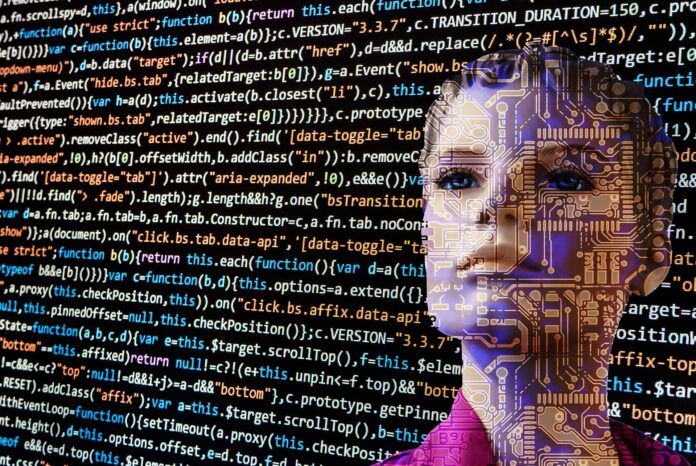In the digital age, where information is easily accessible and can be copied with a few clicks, plagiarism has become a significant concern in academia and content creation. To combat this issue, plagiarism checkers have emerged as valuable tools to detect potential instances of plagiarism. In this article, we will provide you with an in-depth understanding of plagiarism checkers and highlight 10 essential facts that you need to know about them.
What is a plagiarism checker?
A plagiarism checker is a software tool that compares a given text against a database of other texts to identify similarities or matches. These databases may consist of online sources, academic journals, publications, and previously submitted documents.
How does a plagiarism checker work?
Plagiarism checkers employ sophisticated algorithms and text matching techniques to analyze the input text. They scrutinize the text for word choice, sentence structure, and overall composition to detect similarities. Some plagiarism checkers also utilize machine learning techniques to identify patterns of similarity and potential instances of plagiarism.
Why do people use plagiarism checkers?
Plagiarism checkers serve various purposes. Educators use them to detect potential instances of plagiarism in student assignments and research papers. Researchers use them to ensure the originality of their work before publication. Content creators and publishers use them to verify the authenticity of written material. Additionally, individuals such as freelance writers, journalists, and bloggers may use plagiarism checkers to validate the originality of their content.
What are the limitations of plagiarism checkers?
While plagiarism checkers are valuable tools, they have limitations. Some of these limitations include:
a. False positives:
Plagiarism checkers may flag content as potentially plagiarized even if it is original but has similar phrasing or common expressions. This can occur when multiple writers use similar language or when quoting common sources.
b. False negatives:
Plagiarism checkers may fail to detect instances of plagiarism when the copied content has been paraphrased or reworded, or when the content is from sources that are not included in their database.
c. Limited databases:
Plagiarism checkers rely on the content in their database, which may not always include all possible sources of plagiarized material. Therefore, it is possible for plagiarized content to go undetected if it is from an unpublished or non-digitized source.
d. Different citation styles:
Plagiarism checkers may not be able to detect instances of improper citation or referencing, especially if the content follows a citation style that is not included in their database.
e. Technical limitations:
Plagiarism checkers may have limitations in terms of the file types they can analyze or the size of the documents they can process.
Types of plagiarism
Plagiarism can occur in various forms, and plagiarism checkers can help detect different types of plagiarism, including:
a. Copying and pasting from a source without proper attribution.
b. Paraphrasing or rewording without giving proper credit to the original author.
c. Patchwriting, which involves copying and pasting from multiple sources and rephrasing the content slightly.
d. Self-plagiarism, which is reusing one’s own previously submitted work without proper citation or permission.
e. Citation manipulation, such as changing the words or order of citations to evade detection.
Importance of proper citation and referencing:
Proper citation and referencing are crucial in academic writing and content creation to give credit to the original authors and acknowledge the sources of information. Plagiarism checkers are designed to detect instances where proper citation and referencing are lacking, and they emphasize the importance of academic integrity and ethical writing practices.























